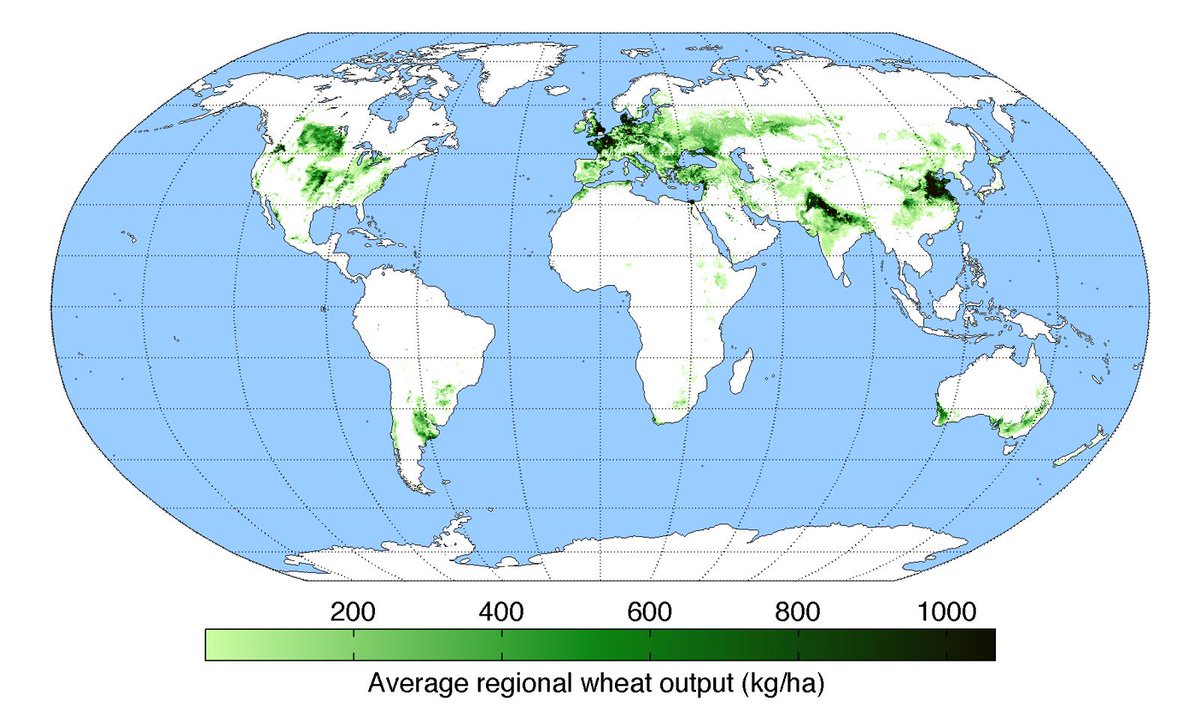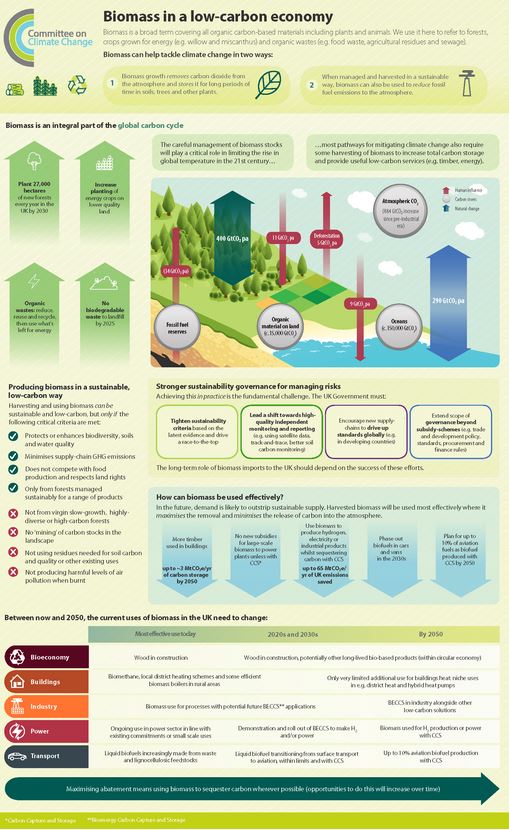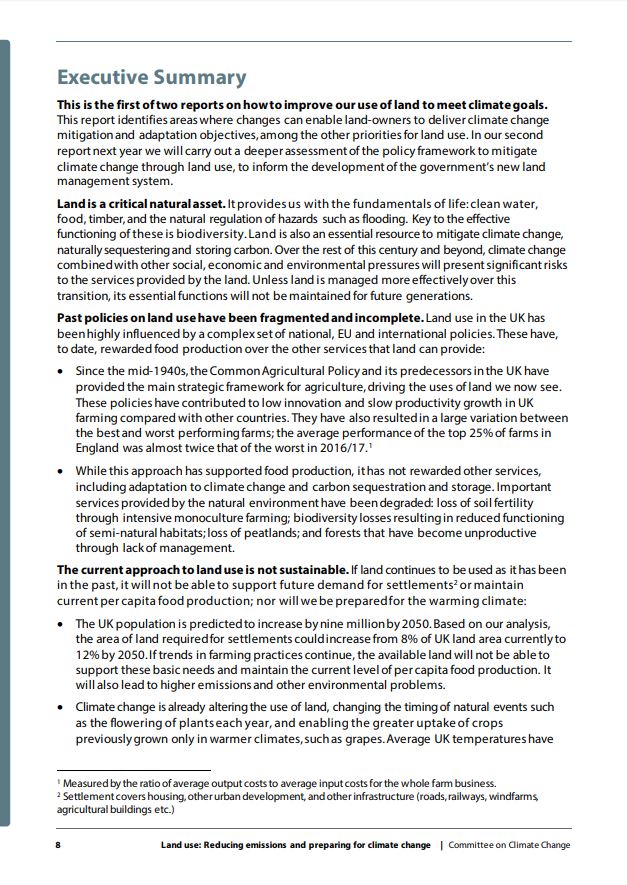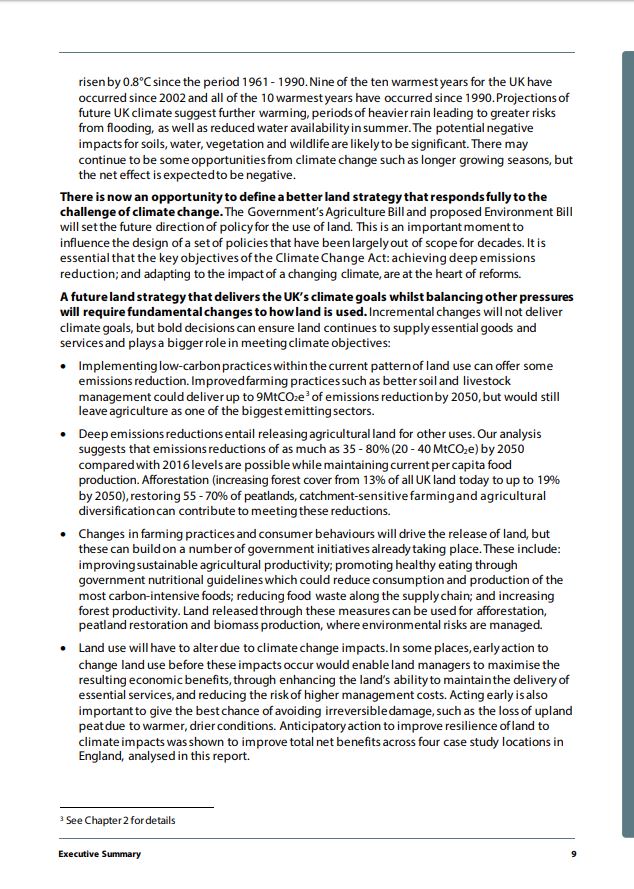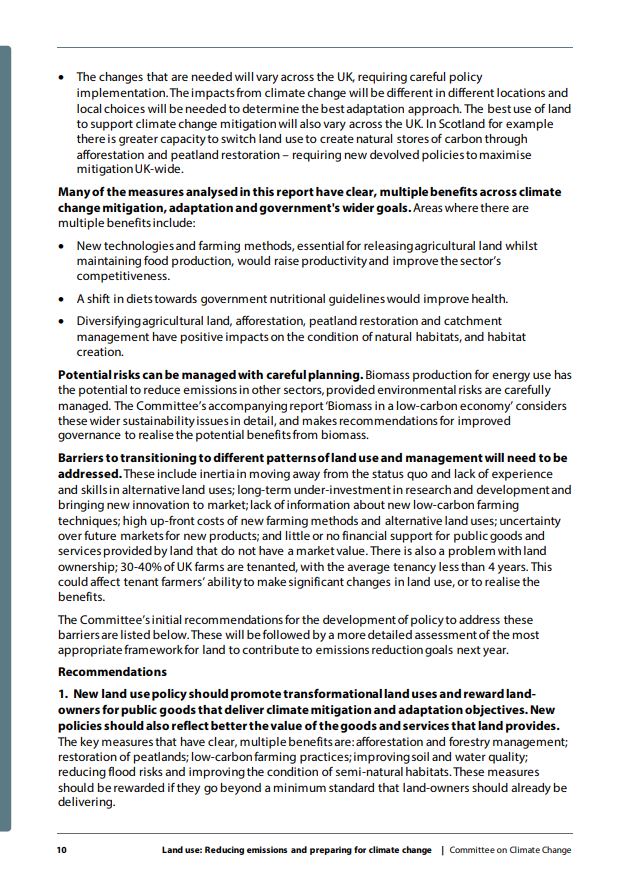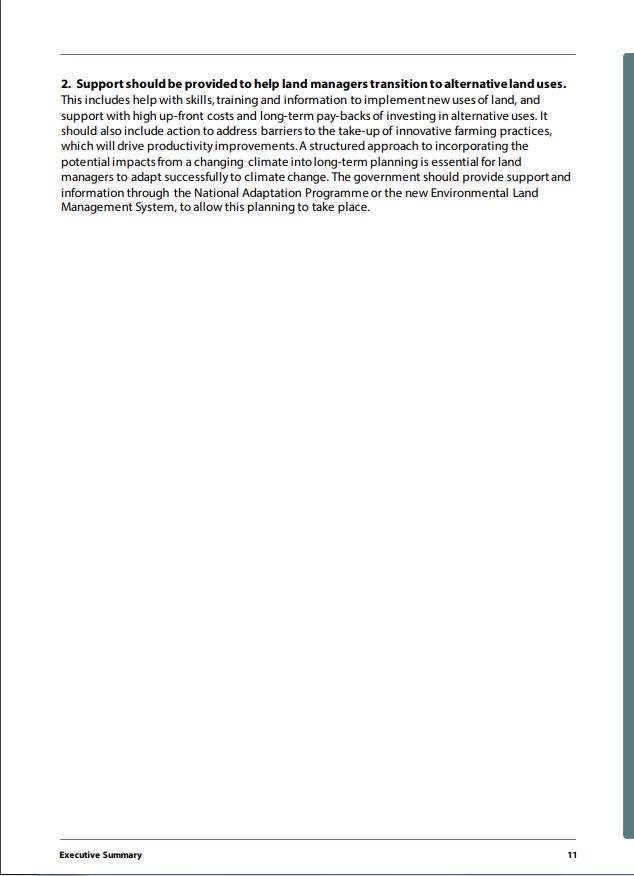Rice saplings prefer to be submerged in water when young, which suits the flooding of semi-tropical wetlands that happens in the monsoon time.
One needs to master irrigation to cultivate rice, but not necessarily for wheat.
The civilization of Mesopotamia was already growing crops (emmer wheat, barley, chickpeas) without doing much for irrigating the fields.
It is likely for cultivating rice that irrigation was first needed.
This is possibly the Sanskrit root : √ṛ (to flow) from the verbal roots (Dhātupāṭha) of Pāṇini.
√ṛ+nyat = Āryam.
This suffix means "that which is amenable for".
Āryam: the land made amenable for flowing (irrigated land).
We know from archaeological evidence that the people of the Sarasvati-Sindhu civilization were great masters of irrigation practices.
But perhaps even earlier, irrigation was used in the Gangetic plain to cultivate rice.
By 2000 BCE, the Gangetic people had large kingdoms with a warrior culture.
This means by the time of Manusmṛti, this entire land was irrigated. This was by far, the largest cultivated area on earth, at that time.
However, was this the first place in India that was supporting agriculture?
But once the technology was there, it supported a very large population in the Gangetic plain.
What does "vrīhi" mean? I think it connects to irrigation.
I think, at some long lost time in history, a grain was discovered that germinated repeatedly, on flood plains.
The Ṛta (cosmic motion of the stars), predicts the sacred time for their renewal.

